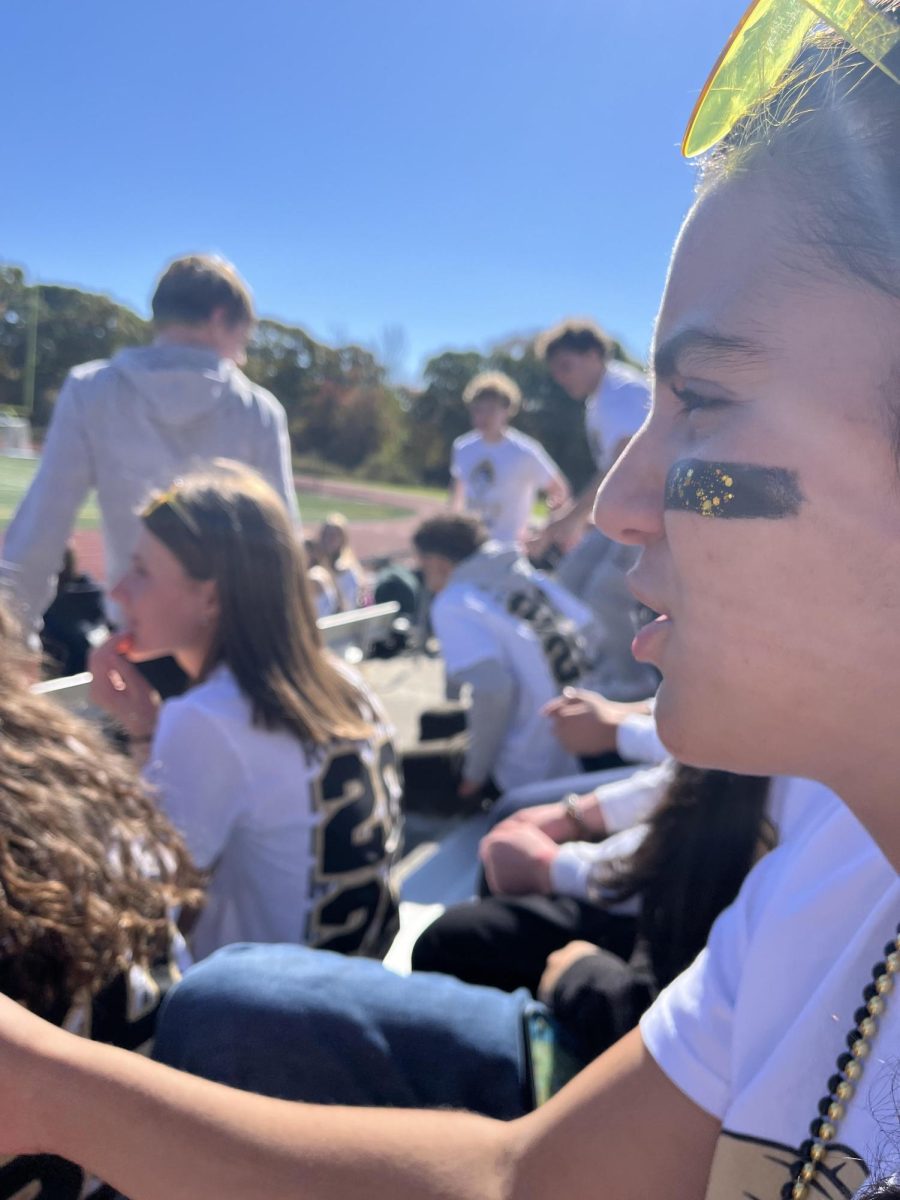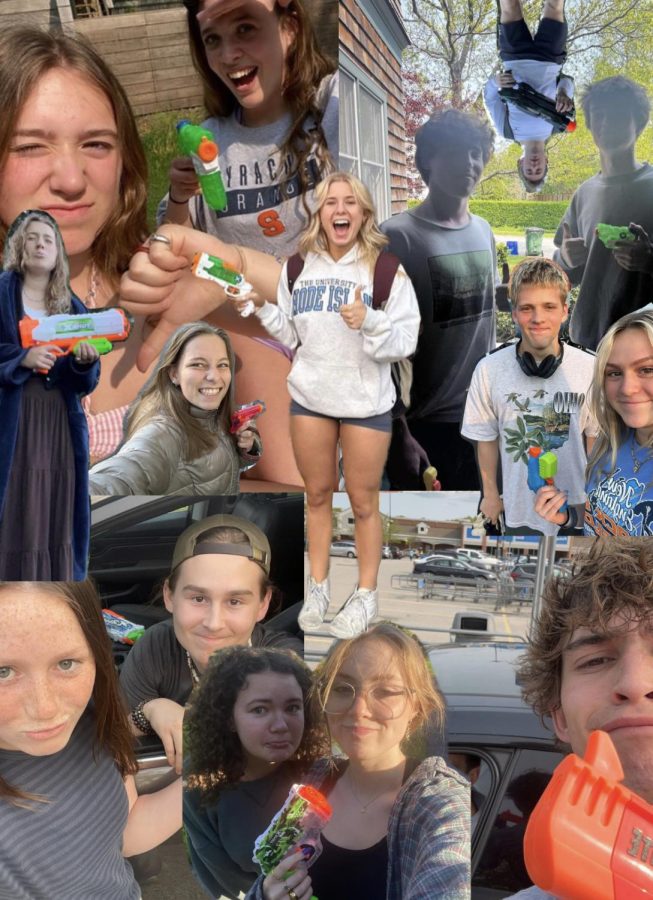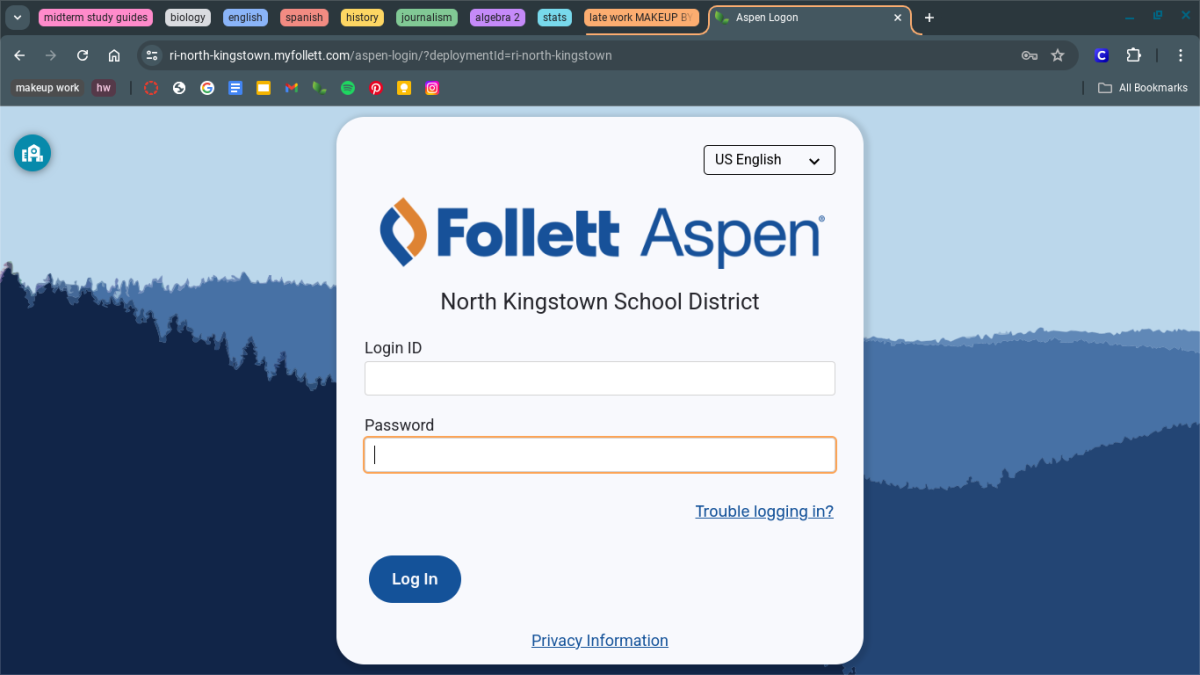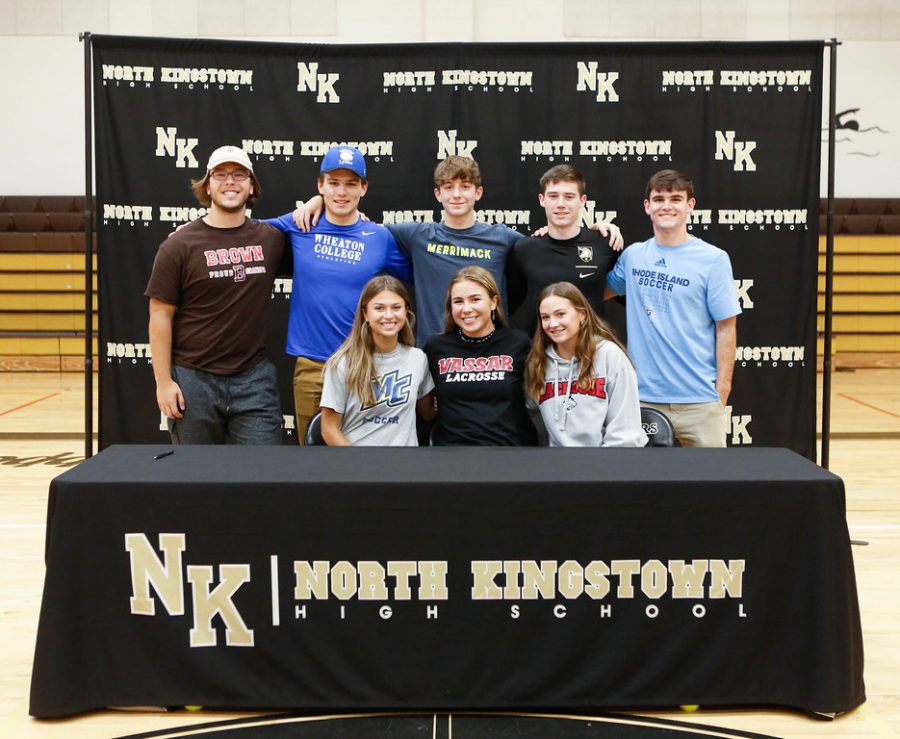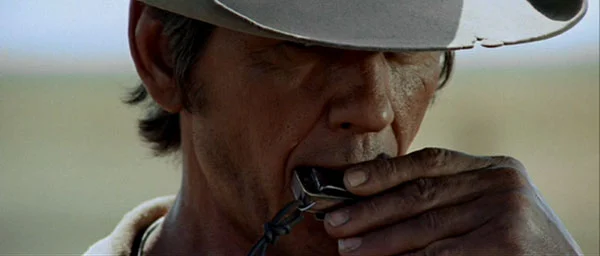Students reflect on blood donation
Sophomore Shannon Fain (left) is pictured with sophomore Sara Anoushian (right), who is disguised as “Captain Hemoglobin.” Both girls are ambassadors at NKHS for the Rhode Island Blood Center.
When traumatized victims of tragic car accidents or other catastrophes are rushed to emergency rooms, blood transfusions are frequently necessary – and may even be a matter of life or death. In fact, someone needs a blood transfusion every two seconds in the United States.
In an effort to keep pace with the high demand for blood in local hospitals, the Rhode Island Blood Center (R.I.B.C.) hosts blood drives regularly in every high school across the state, including NK.
According to Heather Robenhymer, a representative from R.I.B.C., NK is “one of the most cooperative schools” with whom she works. In addition to coordinating monthly blood drives, Robenhymer also works alongside a committee of student ambassadors. The ambassadors primarily create decorations around the school, come up with new ways to promote blood donation, and encourage blood donation among the student body.
Sophomore Jess Moniz, one of the Blood Center’s ambassadors, joined Robenhymer’s committee because she wanted to spread awareness about blood donation. “I think [that blood drives] are really good programs and I want everyone to learn about them,” Moniz said. “The best way for students to learn about [donating blood] is from their fellow students.”
Along with many other NKHS students, junior Jeff Dowling donated blood on April 30. Like 7% of the total U.S. population, Dowling has type O- blood, meaning that he is a universal donor and has the most desirable blood type. “I donated blood because I wanted to help the people who need it,” he said.
Similarly, sophomore Kendall Durney decided to donate blood because “it helps save lives.” Durney’s older brother, Ryan, who has struggled against cancer in recent years, also needed blood transfusions because they “helped increase his blood count.” Although Durney does not credit blood transfusions with saving her brother’s life, she acknowledges that they helped him recover last year.
Robenhymer encourages students to overcome any anxiety that they may have about blood donation by trying it out. “More often than not, it’s common for young people to feel nervous before they donate blood for the first time,” she said. “I often find those students realizing that they had no reason to be nervous afterwards.”
Sophomore Zoe Ferrara has donated at nearly every school blood drive since she turned 16 earlier this year. When Ferrara donated blood for the first time, she overcame some initial anxiety. Like Dowling and Durney, Ferrara has donated blood out of a desire to help others. “Donating blood involves a fraction of the pain that people endure who need it,” she said.
Fast facts about blood donation
- Blood donations are utilized in three primary forms: red cells, platelets, and plasma.
- One pint of blood can save up to three lives.
- Every two seconds, someone needs a blood transfusion in the United States.
- Blood cannot be manufactured; it must come solely from eligible donors.
Source: American Red Cross – http://www.redcrossblood.org/learn-about-blood
Your donation will support the student journalists of North Kingstown High School. Your contribution will allow us to distribute a print edition of the Current Wave to all students, as well as enter journalism competitions.



